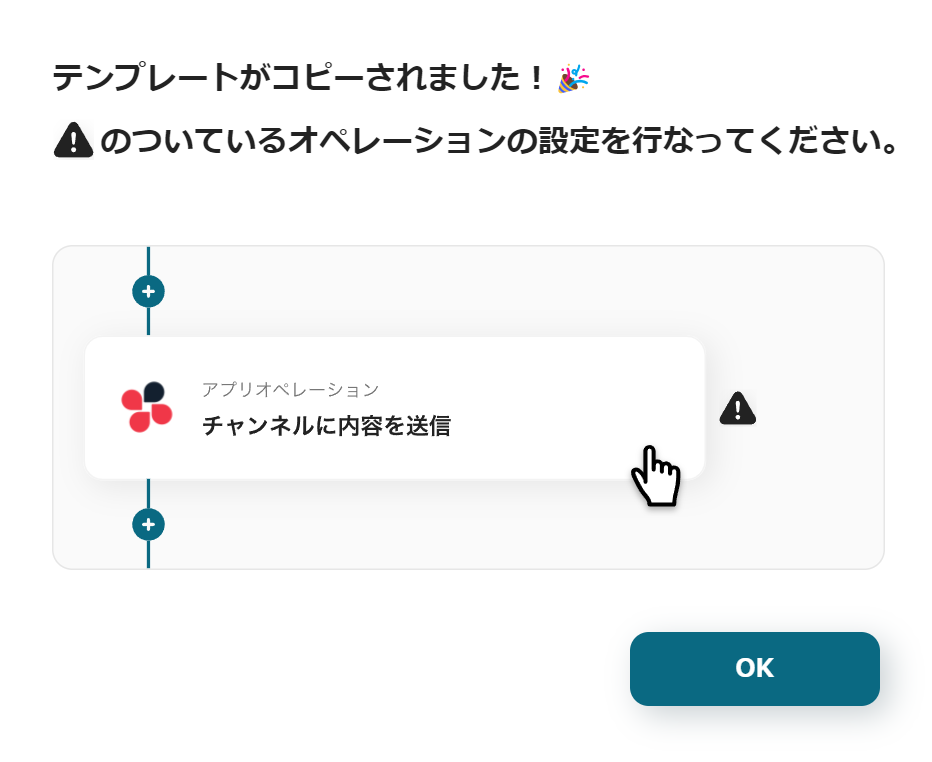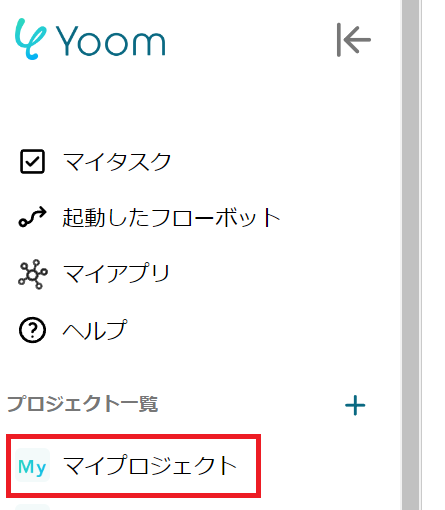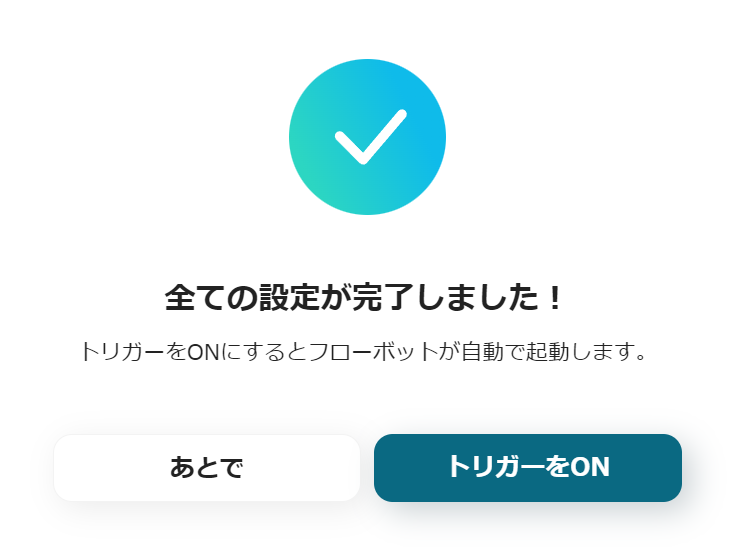1. Click on "View Details" on the top banner
2. Click on "Try this template" at the bottom of the transitioned screen
3. Register for Yoom
* If you have already completed registration, the login screen will be displayed, so please log in.
How to Create a Flow Between GitHub and Zendesk
Step 1: Connect GitHub and Zendesk to My Apps

Once registration for Yoom is complete, the Flowbot template will be copied to "My Projects".
When the display appears as shown in the image, please select "My Apps" from the menu on the left side of the screen.

Click the new connection button in the upper right corner to connect Yoom with each app.
Connecting GitHub and Yoom
1. Search
Search for GitHub and click on the GitHub icon.
2. Log in
The GitHub login screen will be displayed, so please log in.
3. Connection Complete

The screen will switch immediately, and if the above display appears, the connection is complete.
Connecting Zendesk and Yoom
1. Search
Enter Zendesk in the search box and click on the Zendesk icon.
2. Enter Required Fields

Connecting Zendesk to My Apps requires logging in with administrator privileges.
Please log in with administrator privileges and configure the settings.
After logging in with administrator privileges, enter the required fields using Base64 encoding.
For more details, please check How to Register Zendesk to My Apps.
Also, please check About Base64 Encoding.
Since the two apps can now be connected, we will proceed to configure the contents of the Flowbot.
If you haven't copied it yet, please copy the Flowbot template from below.














.avif)
















.avif)
.png)
.png)






